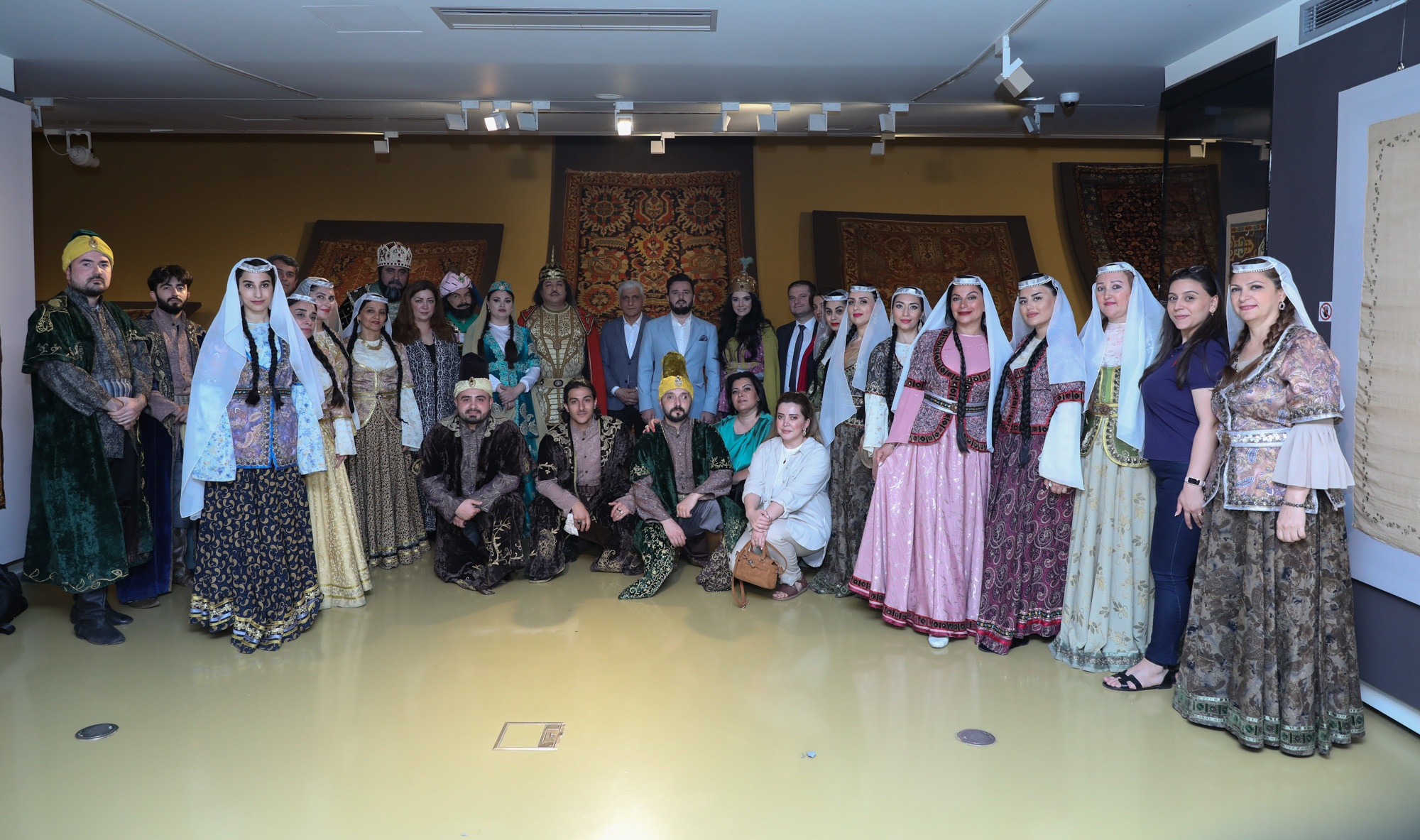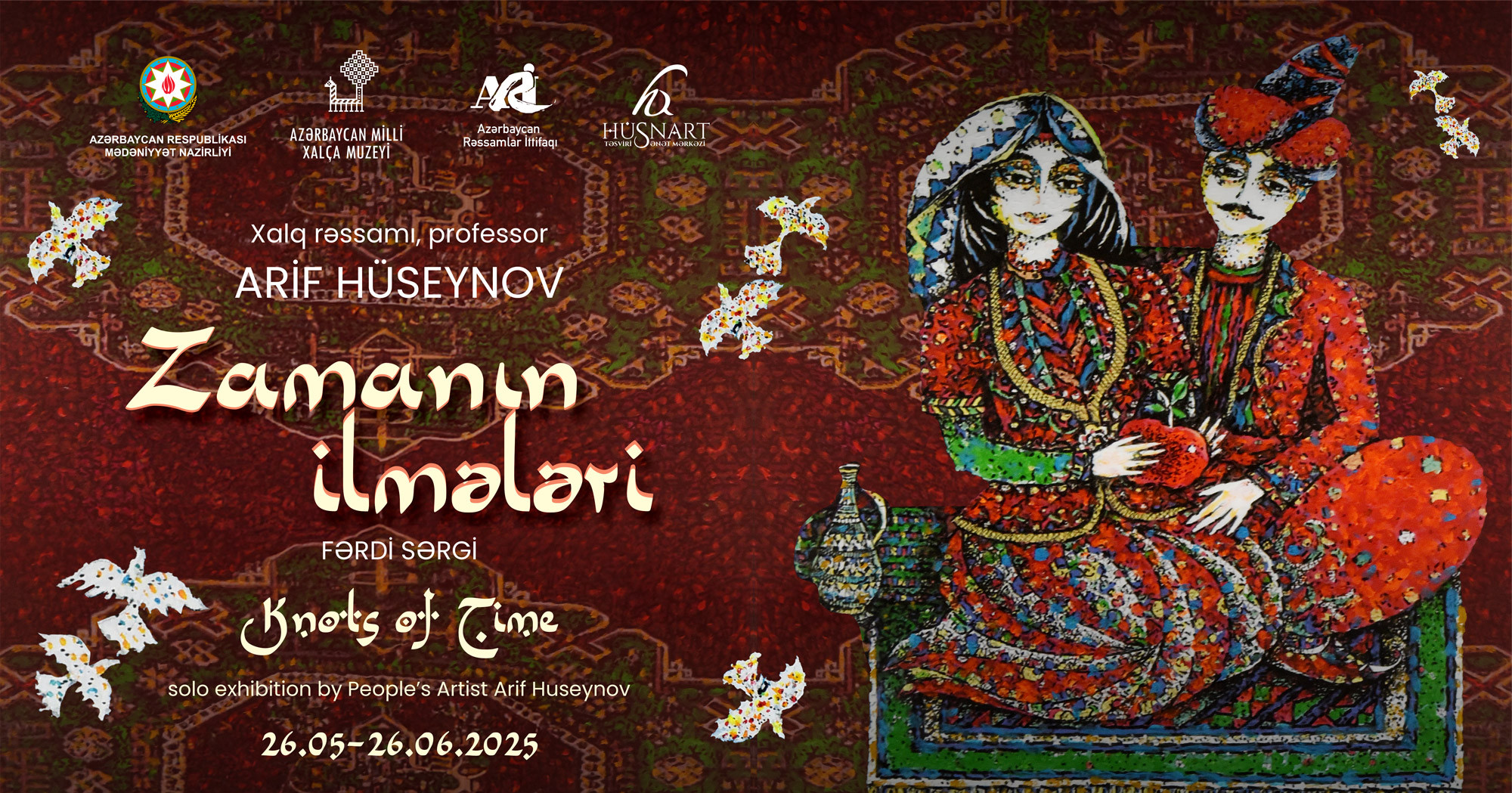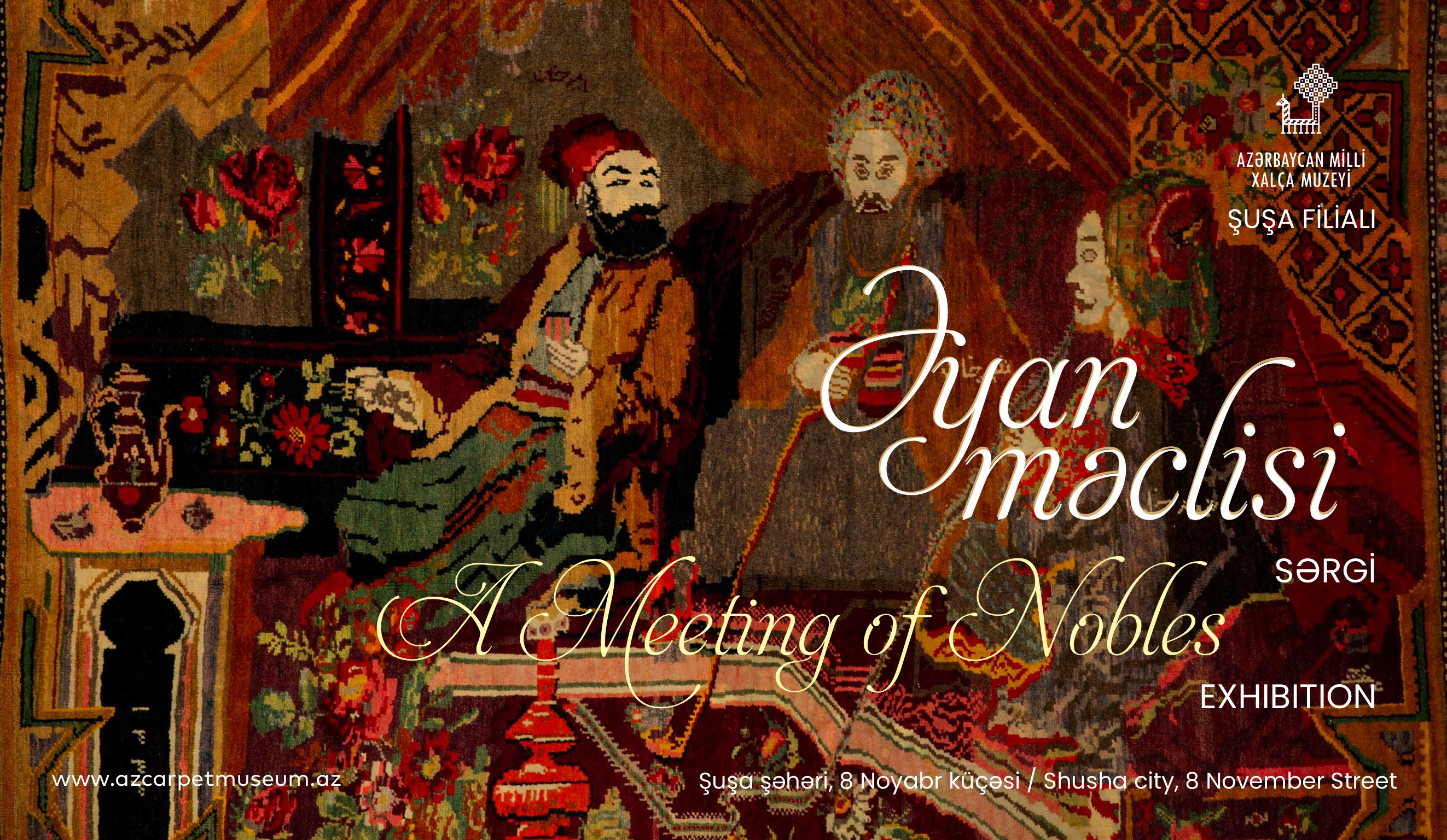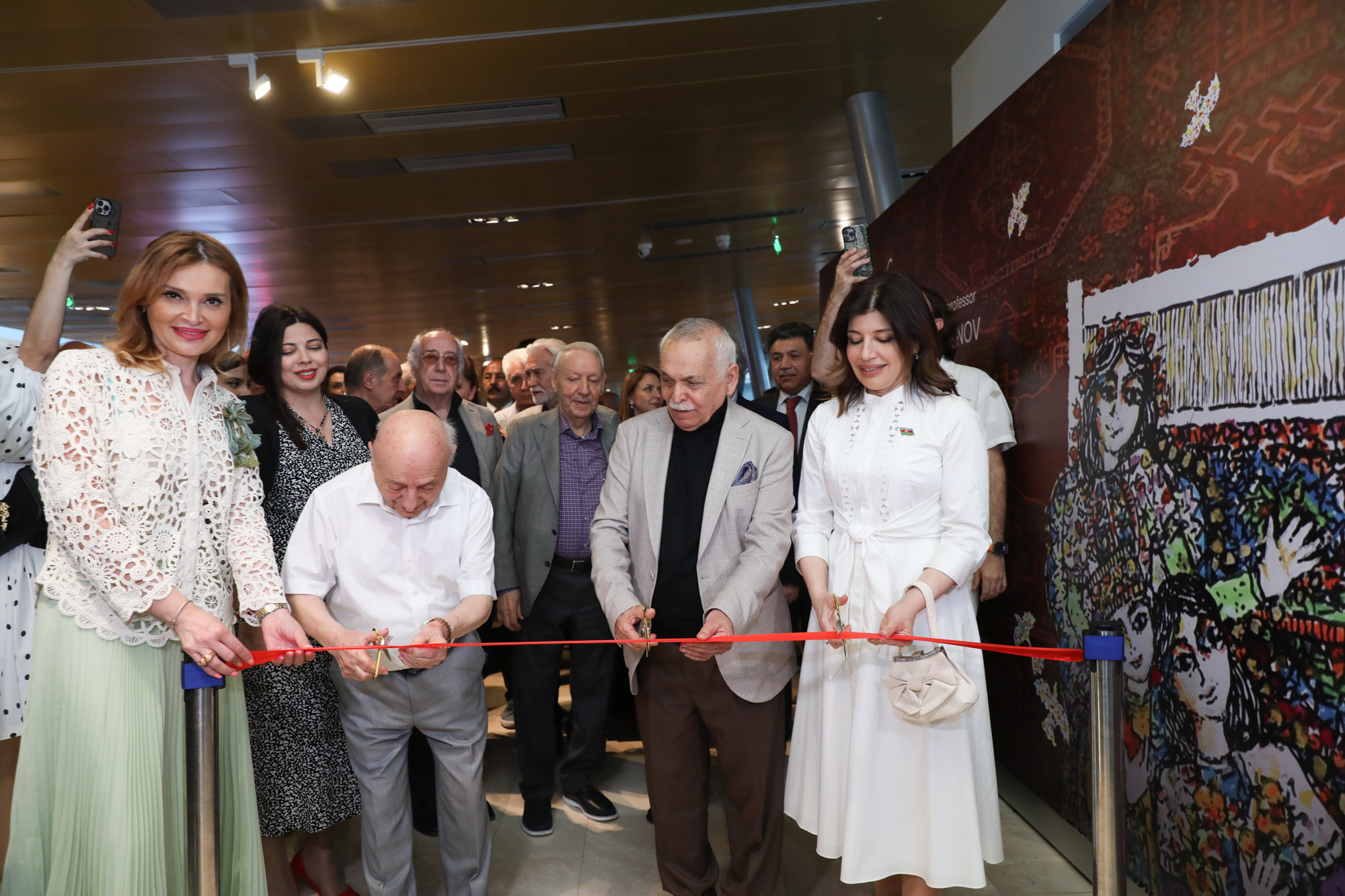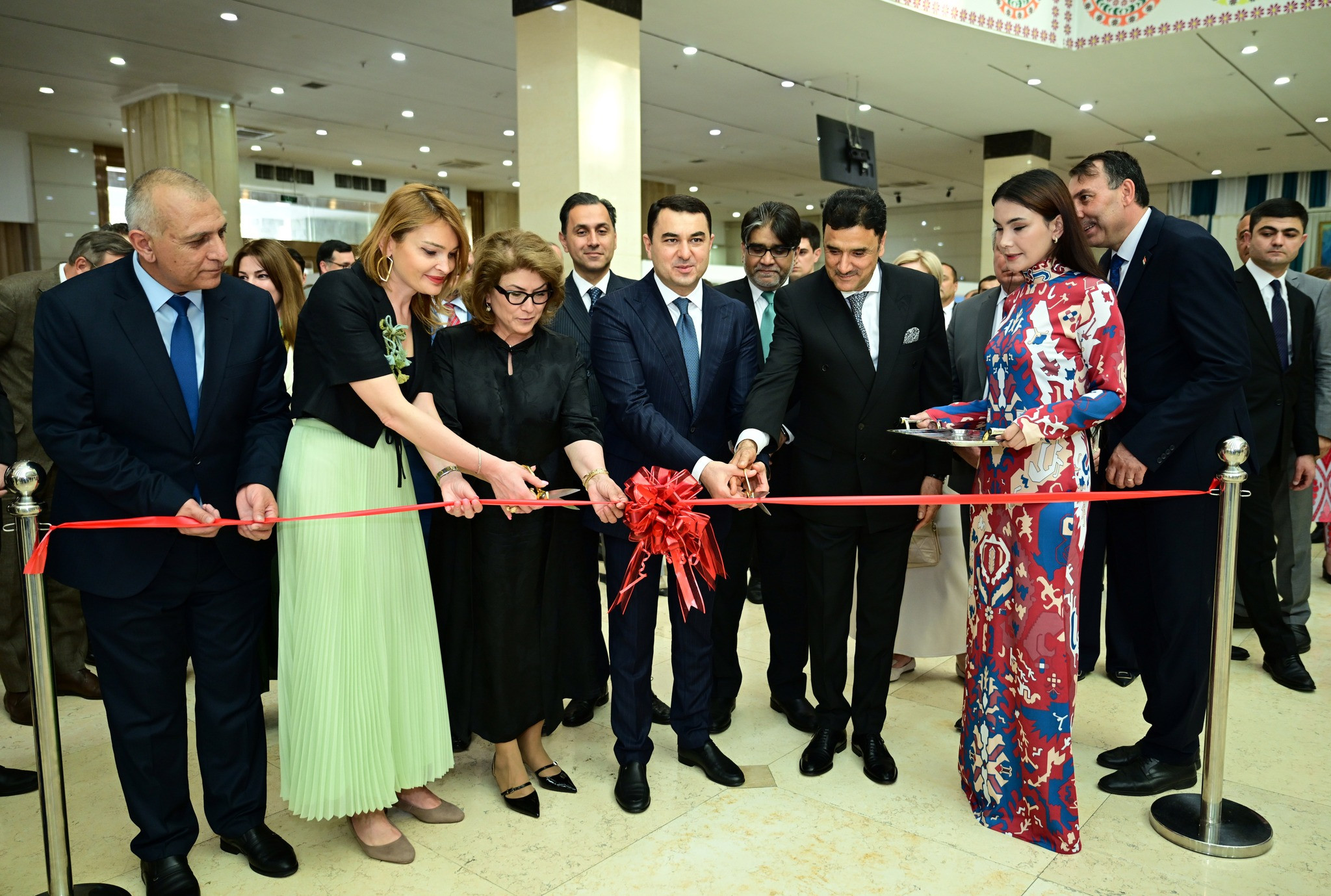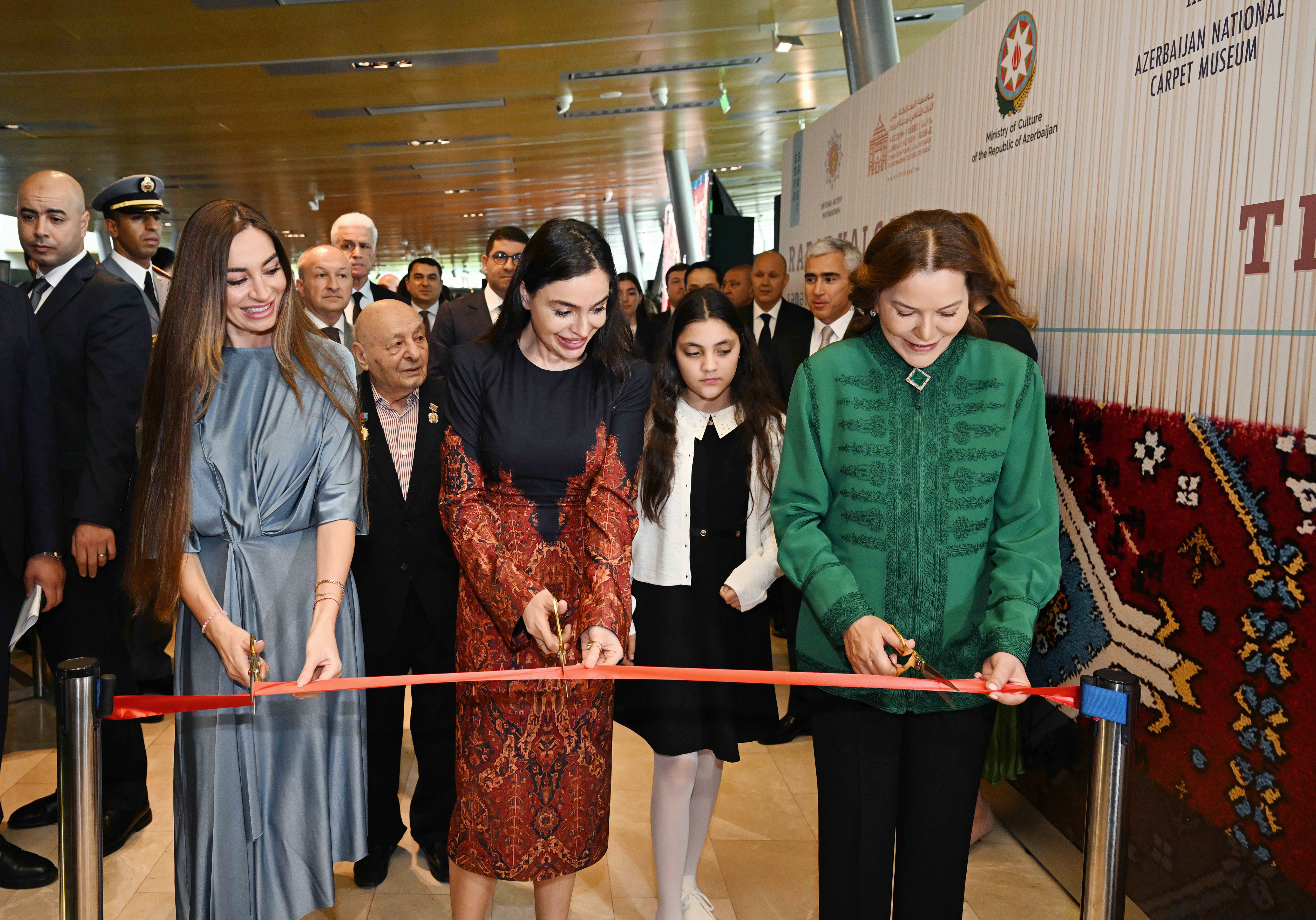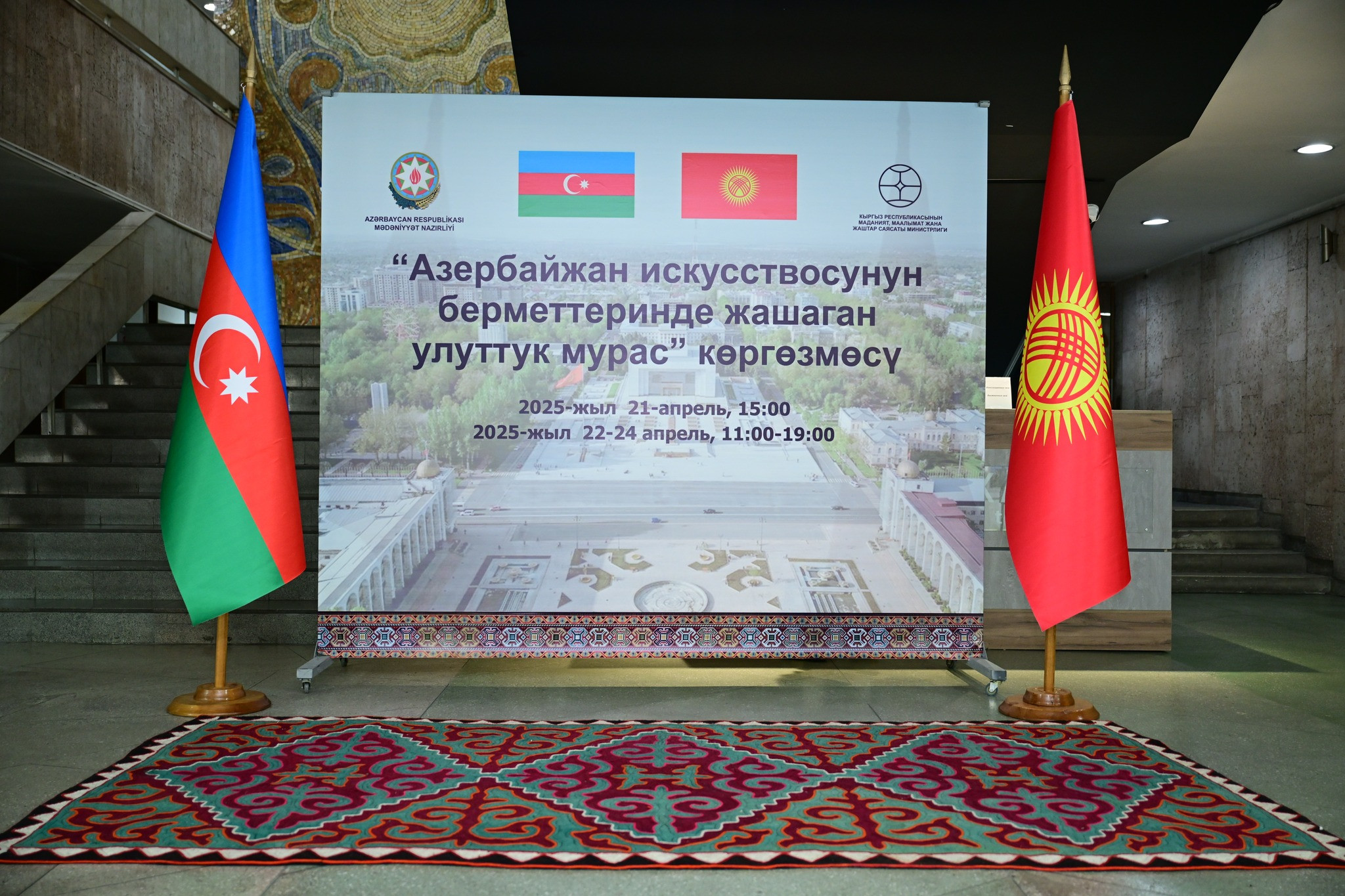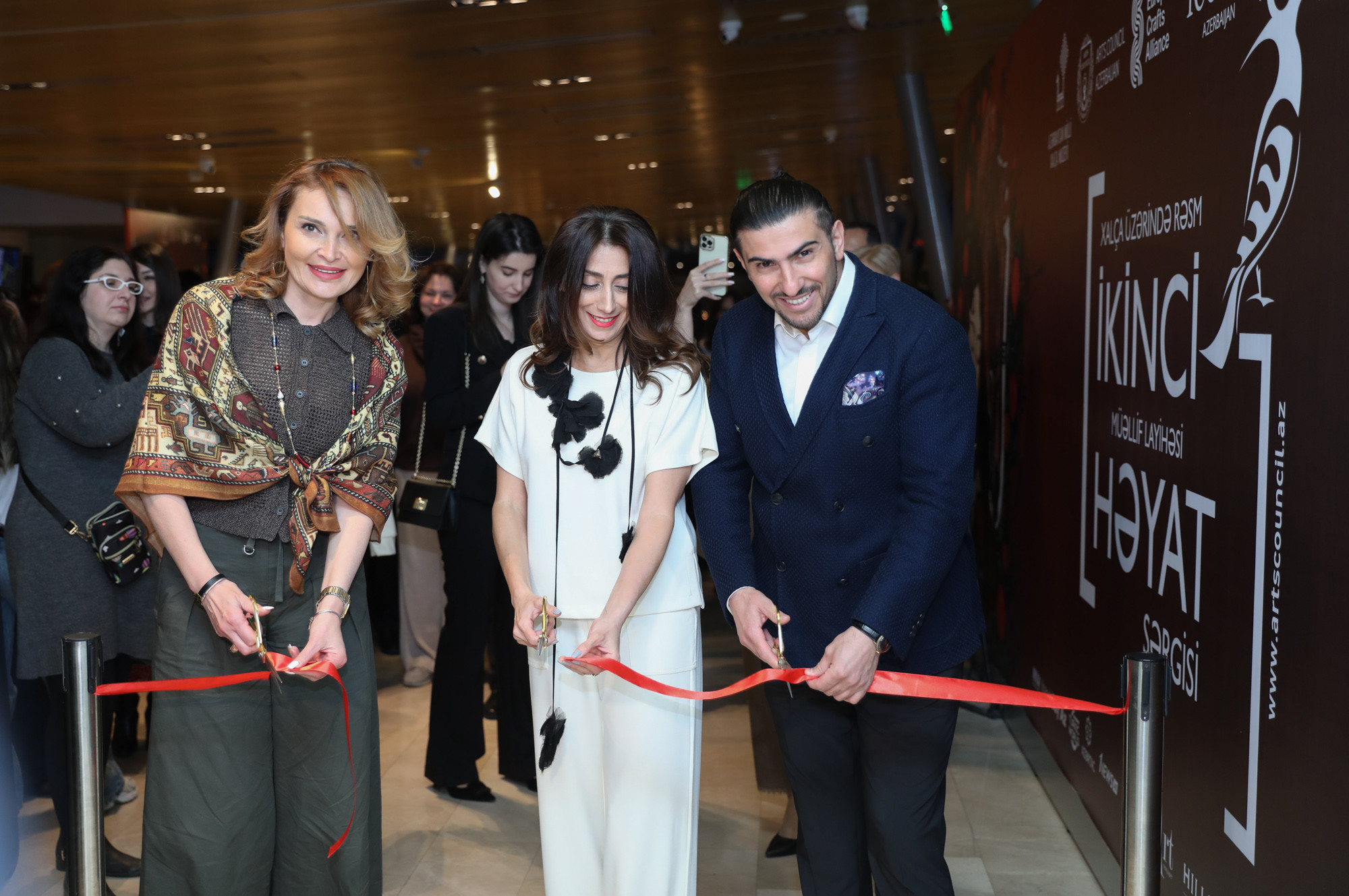From the collection of the American carpets connoisseur
Beverly Schiltz, the widow of the famous collector and member of the Chicago Oriental Rug and Textile Society (USA) Grover Schiltz (1931-2012), donated to the Azerbaijan Carpet Museum two valuable and fairly rare carpets from the collection of her deceased husband in 2013.
According to her, her husband, whose collection numbered more than 200 Caucasian carpets, acquired both of these examples in 1960 in Azerbaijan. One of these carpets is Salyan Khilasi (Shirvan, 19th century), another is the 17th-century Karabakh carpet Ajdahaly (Dragon). Salyan Khilasi carpet is a very rare example of its group. They preserve the common features of Salyan carpets, namely, the warm color and basic ornamental design (it should be noted that overseas Salyan carpets are sometimes mistakenly attributed to Aghstafa carpets of the Gazakh carpet weaving group). At the same time Salyan Khilasi is very close to Gadim-Minara carpets of Guba group. Dragon carpets, namely, carpets with Ajdahaly composition, represent one of the most interesting branches of Azerbaijani Carpet Weaving.
They became a logic stage in the development of the Khatai composition, which was widely used in the palace carpets of the Safavid period. The central field of Khatai carpets was mostly decorated with dragons, came to the Azerbaijani Art with the Mongols and Uighurs. The folded lines of dragon elements were combined with the palmettes that they protect, and small floral ornament between them.
Eventually, these compositions began to be simplified, since they began to be produced not by palace painters and carpet-weavers for shah and nobility, but ordinary weavers for middle-class customers.
As a result, the Dragon compositions became geometrized and therefore gave life to a number of other compositions ‒ Bahmanli (Karabakh), Borchaly (Gazakh), Gimil (Guba), Gabala (Shirvan), etc. In some of them, stylized dragons are foreground, in others ‒ palmettes, which enlarged and turned into gol (medallions).
